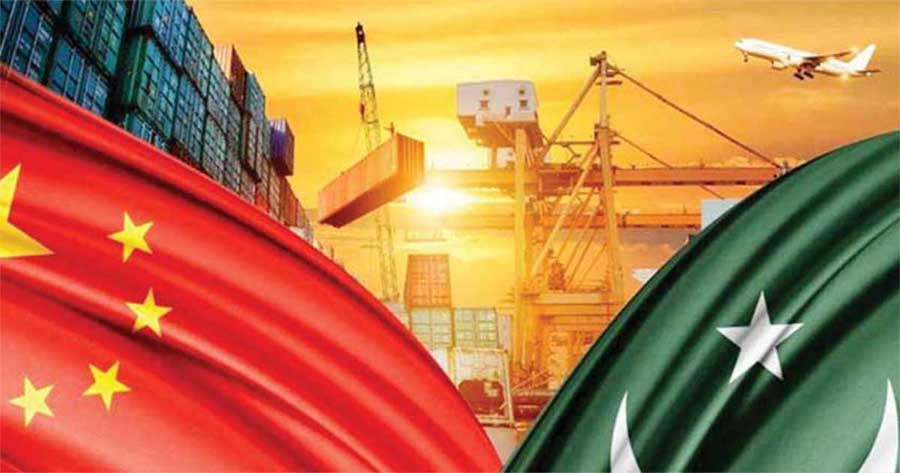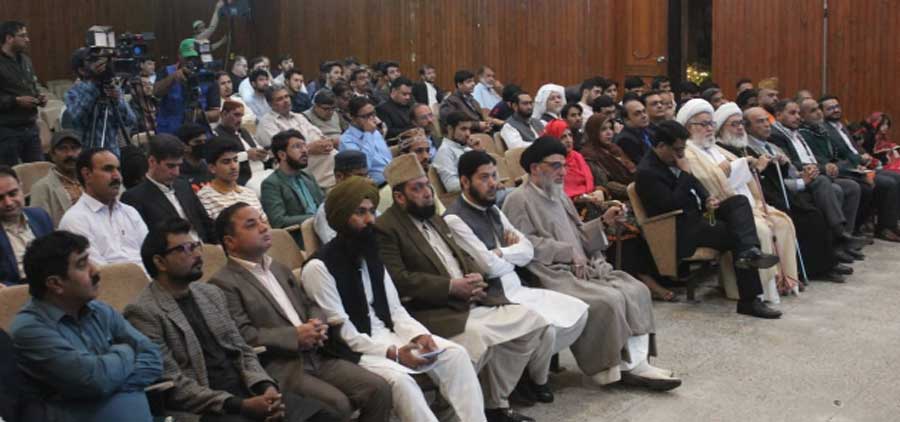
Poverty is not merely a word, sometimes taken as adjective to define someone’s inability to purchase something valuable or having an inadequate amount of money, but it’s a situation for a person of so-called low class on which he or she be judged for every matter in life. Poverty is considered to be a status of lowest class in which there is malnutrition, hunger, vulnerability and crime that corrupts the innocence human soul towards a state at which other avoid such character as much as needed.
In this article, we will explore poverty in Pakistan, its effects on society and consequences on macro-economic scale policies and also suggest possible as well as pragmatic solutions by Poverty Alleviation.
Since partition (1947), subcontinent is facing the issue of terrible poverty and under-developed infrastructure. The famine of 1947-48 had aggregated the worsen situation to almost 20 million migrants across the borders and that created an issue to grave concern for the newly made governments both in India and Pakistan. Although both tried to tackle it down in their own ways, Muhammad Ali Jinnah (Founder and Governor General of Pakistan) wanted Feudal Lords to counter this issue by helping needy and by settling migrants in major industrial hubs of the country while Jawaharlal Nehru (First Prime Minister of India) had his ‘Socialist Agenda’ made it through Land Reforms.
Meanwhile, poor remained poor across the region and the situations become worse for them. However, 23% of people were living in urban areas in 1960s and 60% were living in rural areas, urban poverty declined gradually while rural one was become less during 1970s (S.A Zaidi, Issues in Pakistan Economy, 2015).
The capacity of expansion in the large-scale industrial sector to provide employment in urban areas was hampered by capital-intensive technology choices. The government provides subsidies through an overpriced currency. Throughout the period of low exchange rate and low interest loans for industrial imports, from 1960 to 1976, a population growth rate of more than 2.8%. According to labour force surveys, the concentration of huge cities resulted in the exponential rise of large cities.
As a result, slums grew, populated by unemployed families who were deprived of essential utilities. According to Ayub Qutub’s report for the National Human Settlements Policy Study, it is anticipated that the urban population will be about by the year 2000, 58 million (as estimated at that time). Qutub possesses predicted that 90% of the expected population growth.
Over the next decade, current cities will be absorbed towns. Given that the costs of population absorption are $6 billion, times greater than in rural regions, indicating a serious resource restriction will experience difficulties in providing even basic health-care services, Transportation and sewage disposal are two of the most important issues: The proportion of urban residents. There were approximately 25% people living in subserviced Kutchi Abadis. In the mid-1980s, the figure was 5% (A. Hussain, Poverty Alleviation in Pakistan, 1994).
Now towards the effects on poverty as it is like the sun dawning from the edge of snow peaked mountains that no one can deny, effects are inevitable on all aspects of life from social to political to socio-economical parameters of every common person in Pakistan. International Labour Organization (ILO) projects that there will be 71 million young people without jobs worldwide, in 2017.
The global unemployment rate is predicted to be 13.1%. 2017 will see an increase in the number of unemployed people, with 13.9 million young people in South Asia alone individuals who are unemployed (ILO, 2016). Both poverty and unemployment have increased, at present, a problem of social existence in the modern era for people everywhere. Oduwole (2015) used content to investigate the connection between unemployment and poverty analysis.
He also noted that these problems are deeply rooted in ineffective leadership, governance, and security. Gallie et al (2003) investigation into the EU member states revealed a vicious cycle of social exclusion (Meo et al 2020). Hence the socio-economic effects are immense and unemployment ratio is just adding up graver scenario for the country. Talking about problems without giving pragmatic solutions are just adding more to this chaotic air in country, so we will be discussing must in upcoming segments.
Consequences of Poverty in Socio-economic terms in Pakistan are very complicated and inter-connected with every social angle of life; whether it’s the matter of grocery or the matter of children education, poverty strike badly in the bones of a poor man in Pakistan. One has to cover his or her own expenditures as well as supporting his or her family due to this fact most middle classed families are now living under the poverty line (OPL) due to inflation and Fiscal Deficits of country. Ultimately this effect the macro-economy at both Federal and Provincial Levels, as overall purchasing power lessen down and fiscal deficit increases.
Eventually, we have to come to the pragmatic solutions, steps taken in the direction of Human Resource Development can only be the most possible way of poverty alleviation at current situation of Pakistan. Last year there was speculations of ‘Default’ of the country and almost it happened as Government had to stopped giving the Letter of Credit (LCs) to companies for import ban as done by State Bank and for One Billion Dollars we had to go for 26th review to International Monetary Fund (IMF) and inflation boomed as it does. The solutions might be difficult but in growing 5th largest population in world, Pakistan has to take bold and significant decisions on priority.
First, pace up the Substantial Economic Growth in all communities across the country without any discrimination; Second, provide maximum employment opportunities to all the Graduates; Third, expand the excess of social services in all parts of the country whether rural, urban or remote; and Fourth, drive community based development programmes and provide micro-credit programs for the poor, fifth, make your Labor skilful such as Skills Development Programme in Punjab and at last empower your women as Quaid-i-Azam Muhammad Ali said, ‘No nation can rise to the height of glory unless your women are side by side with you.’
I conclude by recommending the government to apply comprehensive Poverty Alleviation Strategy focusing on equitable economic growth, widespread employment opportunities, enhanced social services accessibility, community-driven development initiatives, and women’s empowerment; Prioritize skill development programs, micro-credit schemes, and inclusive policies to uplift marginalized communities, mitigating socio-economic disparities; Strengthen governance, security, and leadership effectiveness to address root causes of poverty and unemployment, fostering sustainable development and resilience against global economic challenges. This multifaceted approach ensures holistic poverty reduction and fosters a prosperous, inclusive society in Pakistan.




